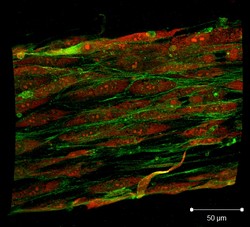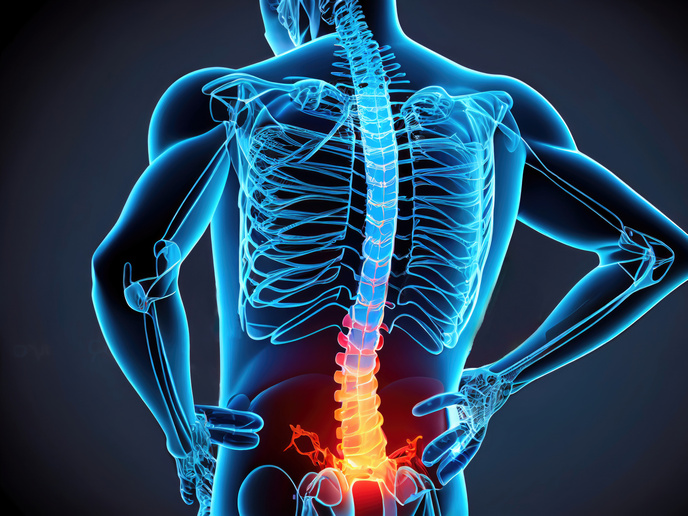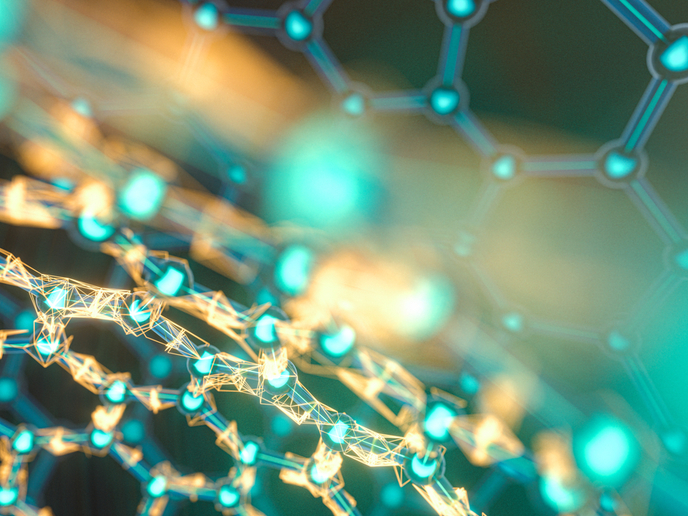Tendon regeneration with biomimetic scaffolds
The EU-funded TENDON REGENERATION (Targeting functional tendon regeneration using a loaded biomimetic scaffold. An integrated pan-European approach) project was a collaboration between industry and academia. Their goal was to develop a 3D scaffold that mimics natural tendons and promotes tendon healing. During the course of the project, scientists optimised the preparation processes for collagen and human recombinant resilin, an elastic protein found in many insects. The most suitable cross-linking method was selected to obtain stable biocompatible collagen fibres that resemble native tendon structure. Several fibre composites were successfully produced that were subsequently stabilised using cross linkers and functionalised with bioactive molecules. These scaffolds were extensively tested in vitro as well as in a pre-clinical model with highly promising results. Furthermore, researchers optimised cell isolation and culture protocols for tendon stem cells and tenocytes (also called tendon cells) to ensure that they maintain their phenotype. A key achievement is the development of a continuous extrusion system that can eventually be scaled up for commercial production of three-dimensional fibrous composites. Twenty two researchers also received support and training that will enhance their career prospects and ensure the availability of skilled personnel in the biomaterials sector. The success of the project is evident from the publication of ten papers in high impact journals with several more in the pipeline. Project outcomes were also disseminated in numerous Tier 1 international conferences and meetings such as the Tissue Engineering and Regenerative Medicine International Society, European Society for Biomaterials. TENDON REGENERATION members have already reached a technology readiness level four with their technologies. Globally, there are 200,000 new clinical cases with tendon injuries and this number is steadily rising. Successful clinical testing outcomes would ensure the availability of effective therapeutic options for such patients. The developed platform technologies could also be implemented to other bottlenecks in clinical practice (e.g. wound healing, hernia, peripheral nerve), facilitating the rise of a new product family of fibrous substitutes.







